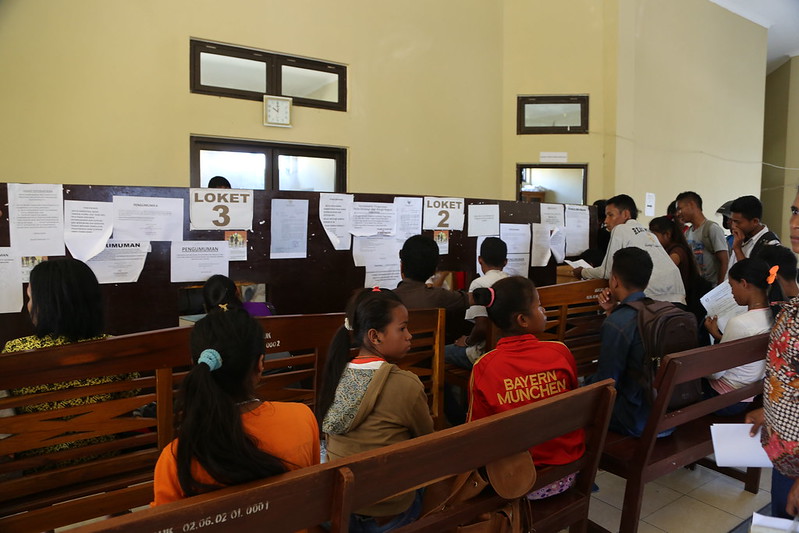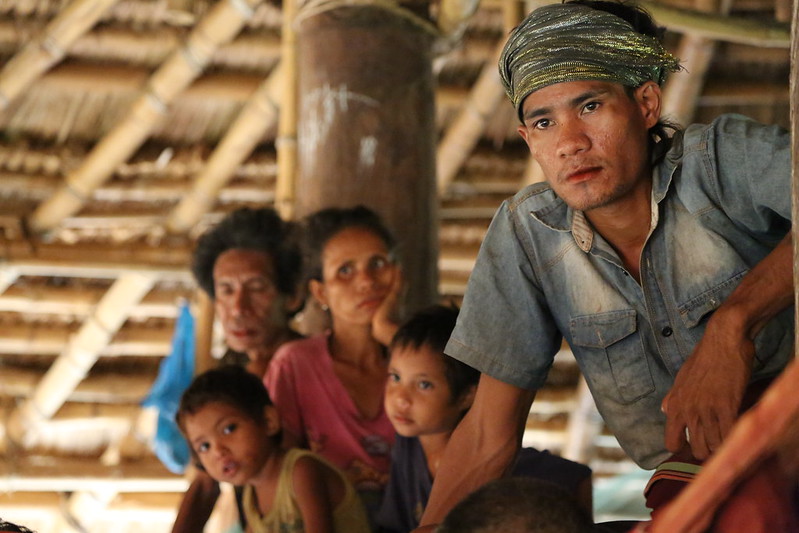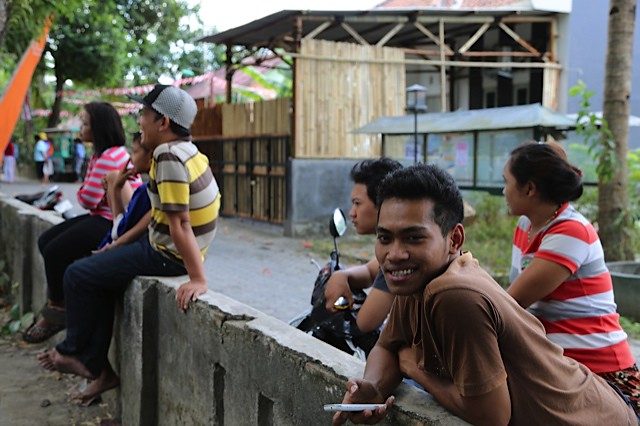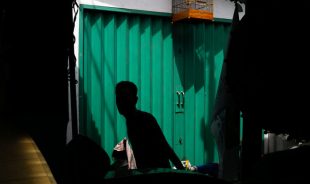The global recession stemming from the COVID-19 pandemic means that young people face worsening deprivation as existing inequalities become entrenched.
Although young people have not been as heavily impacted by negative health outcomes from COVID-19 as the rest of the population, the economic situation caused by the pandemic has highlighted the existing social and intergenerational inequalities faced by this segment of the population. When it comes to mental health issues, as well as issues around housing, young people are inversely impacted, and this is predicted to worsen from the long-term effects of the pandemic, an effect that economists call ‘scarring’.
According to the International Monetary Fund the global economy has now entered a recession, known as the Great Lockdown. The IMF suggested that the cumulative loss to global GDP over 2020-2021 from the crisis could be roughly US$9 trillion. Emerging markets and developing economies are worst hit by the downturn, and as a result, the medium to long term impacts upon employment, financial security and housing will be borne disproportionately by young people.

Young people waiting to lodge documentation at the Ministry of Manpower, Sumba. Photo by Angie Bexley, all rights reserved.
The World Bank (2020) predicts that across East Asia and the Pacific, 24 million fewer people will escape poverty in 2020 due to the pandemic. Job security is intrinsically linked to poverty and nearly 70 percent of the employed population in Asia-Pacific are engaged in the informal economy, with 98.3 percent of youth aged between 15-24 years old employed in the informal economy (ILO 2018). It is estimated that 6.7 percent of working hours (or 195 million full-time workers) will be wiped out globally by the crisis and workers in the informal economy will be most affected (ILO 2020). Therefore young people, already disproportionately impacted by employment uncertainty, will be the most impacted by these losses. Consequently, those facing forced unemployment and economic challenges could be at risk of mortgage and rental arrears and evictions.
Young people and multidimensional poverty
In 2018, a team of researchers from The Australian National University led a study of multidimensional poverty in South Sulawesi, Indonesia. Here we draw on data from the two districts where a total of 5596 women and men over the age of sixteen years old were surveyed.
Using the Individual Deprivation Measure (IDM), we assessed the ways in which poverty is experienced by individuals across fifteen dimensions. The results are relevant now, because of increased uncertainty and anxiety.
The link between poverty and mental health is complex, however it is evident that correlates of poverty, such as employment, shelter and having a voice, contribute to mental health disorders. Mental health has become increasingly important to the international development agenda as it is fundamentally linked to other health outcomes as well as physical and social functioning. The WHO (2019) states that ‘mental health conditions can contribute to poor health outcomes, premature death, human rights violations, and global and national economic loss’ and has increased its efforts to scale-up related programmes. Young people (for example those aged between 16 and 24 years of age) are at a higher risk of mental health conditions when compared to the rest of the population. The WHO reports that half of all mental illnesses begin by age 14, and three-quarters begin by mid-20s.
Recognising the importance of mental and social well-being, the IDM’s second indicator within the health status theme captures the presence and frequency with which individuals experienced feeling worried, nervous or anxious, and/or depressed. Over 54 percent of all respondents felt worried, nervous or anxious, and 22.6 percent experienced depression. Young men and women (16-24 years) experienced depression on a more frequent basis than either the middle age cohort (25-59 years) or the oldest cohort (above 60 years). On a daily and weekly basis, young men and women were twice more likely than the older cohorts to experience depression. On a monthly basis, the youngest age cohort was more likely than the older cohorts to experience anxiety. These findings were also gendered, and young men were slightly more likely than young women to experience feeling worried, nervous, anxious or depressed.

Marapu villagers, Sumba. Photo by Angie Bexley, all rights reserved.
The survey also looked at issues of adequate housing, a human right enshrined in Article 11 of the International Covenant on Economic, Social and Cultural Rights (ICESCR). The legal security of tenure constitutes one of the seven elements deemed necessary if the right to adequate housing is to be achieved. And while major surveys such as the Multidimensional Poverty Index considers households deprived if they use material of dirt, sand or dung floors, a more relevant issue facing urban people and young people is anxiety around security of tenure.
From the findings of the IDM survey, men and women in the youngest cohort were the most likely to report that they were worried about being evicted or forced to leave home. Young women were more than twice as likely to be concerned about this compared to young men. The uncertainty around eviction in an environment where we have increasing unemployment will increase this anxiety for young people.
Having a voice
The participatory research that underpins the IDM highlighted the extent to which those who are poor and marginalised are excluded from community-level decision-making. While this is the case for both young and old, women and men, the IDM study found that it is younger women who often experience the dual exclusions of gender norms and poverty. Across both of the IDM survey locations, younger men and women were the most likely age cohort to report that they felt strongly about issues in their community, however they were the least likely to raise their concerns with their leaders or authorities. Younger women were significantly less likely than young men to feel like they could raise their concerns, and that the main reason for not doing so was because they did not trust their leaders.
These findings mirror the participatory findings that preceded the survey. For example, in some sites, women noted that they are not able to engage in community meetings or discussions, but must rely on male relatives. This becomes particularly problematic for female-headed households or when men are unable or unwilling to represent the views of women. The research also illuminated the ways in which the inability to exercise control in personal decision-making limits opportunities for education, income-generating, accessing health care, and engaging in social networks. Across both of the sites in the IDM survey conducted in South Sulawesi in 2018, women in the youngest cohort were the most likely to report that they had to ask permission to spend money, seek education, or engage in paid employment.
If he’s serious about building Indonesia’s “human capital”, Jokowi should make mental health a policy priority.
Mental health care in Indonesia: short on supply, short on demand
The Challenge
The pressures on young people to earn a living while facing insecure tenure and increased anxiety have been exacerbated by the conditions of COVID-19.
The challenges facing countries such as Indonesia are immense and while rates of poverty have been declining over time, the risk of young people falling further down the poverty ladder is real.
Understanding how multidimensional poverty plays out for young people is critical to the response to COVID-19 recovery. Ensuring we understand the barriers means we can best respond and improve the chances of recovery. Governments must consider how to avoid a scarring effect on your people in the years to come, and whether ‘market-led’ solutions are equipped to guard against such an outcome.
The Individual Deprivation Measure Program is a partnership between The Australian National University and the International Women’s Development Agency, with funding from the Australian Government through the Department of Foreign Affairs and Trade. Information at https://www.individualdeprivationmeasure.org
The authors would like to acknowledge the contributions and support of the members of the ANU-IDM Program team, particularly Janet Hunt, Mandy Yap, Masud Hasan, Helen Suich, Trang Pham, Grace Lovell and Celia Vuckovic; and to thank SurveyMeter for their contribution to this work.
 Facebook
Facebook  Twitter
Twitter  Soundcloud
Soundcloud  Youtube
Youtube  Rss
Rss 
